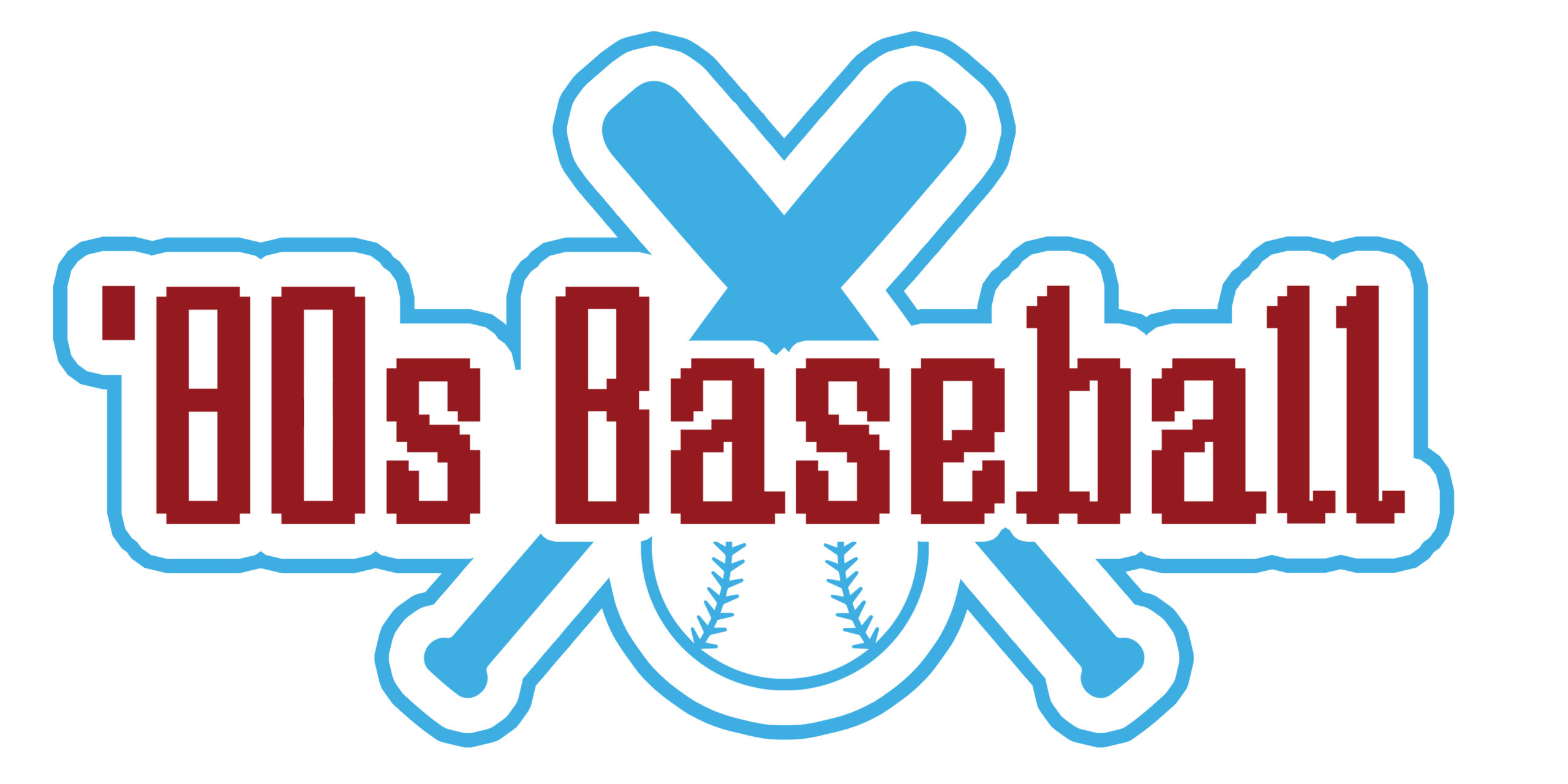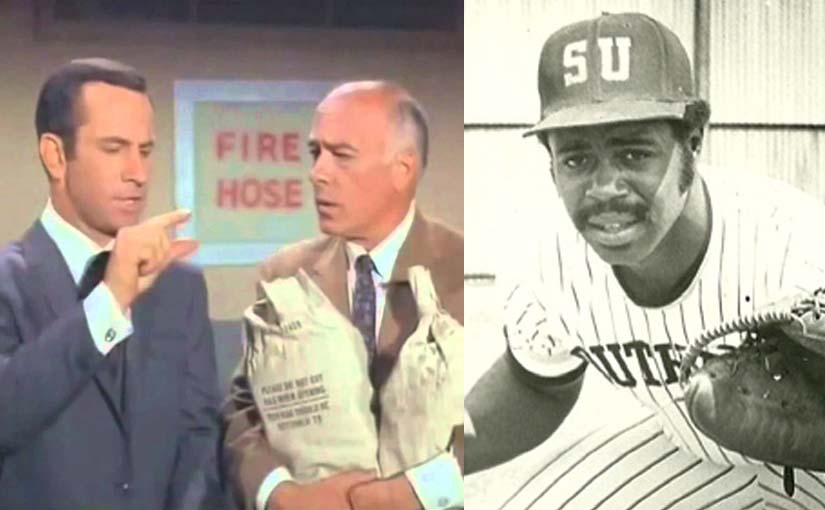There were three future Hall-of-Famers picked in the 1971 Major League Baseball draft. Danny Goodwin was selected ahead of all three of them. The 1975 draft featured one future Hall-of-Famer. Danny Goodwin was selected ahead of him, too.
Danny Goodwin was a high school superstar; the kind of prospect you build a franchise around. There were rumors that he was asking for a big bonus but the Chicago White Sox, who had the #1 pick in 1971, were undeterred. “We understand he will ask for six-figures,” said White Sox GM Roland Hemond. “We’re not discouraged by it. It’s quite an honor for the kid to be drafted No. 1.”
On June 8th, 1971, Chicago selected Goodwin #1 overall, ahead of future Hall of Famers Jim Rice, George Brett and Mike Schmidt. Less than a week after the draft, he and the Sox were already at odds. He wanted to play baseball, but he also wanted an education. If the White Sox wanted him, they would need to make it worth his while. For Goodwin, that meant paying him to play baseball AND go to school.
“He wants more than $100,000 and he wants it now, not spread over 30 years,” Hemond told the Chicago Tribune. “We offered to help with his education as well because he wants to go to college.”
The offers fell on deaf ears and in July Goodwin turned the White Sox down and enrolled in the pre-med program at Southern University in Baton Rouge, LA., the first time an overall #1 pick had ever walked away. It wouldn’t be the only Danny Goodwin made history.
1975
Goodwin dominated at Southern and when the 1975 draft rolled around, he was again the top pick in the country, ahead of future standouts Lou Whitaker, Lee Smith and a shaky-kneed outfielder from Florida A&M named Andre Dawson, who lasted until the 11th round. This time, baseball won out over education. Goodwin opted to skip dental school and sign with the California Angels for a reported $104,000, the largest bonus since the inception of the amateur draft in 1965.
“If we sign a few more like Danny,” said Angels owner and former movie star Gene Autry, “I’ll have to get back on my horse and come out of retirement.”
“Danny has devastating power,” said his college coach Emery Hines. “He can catch and throw as well as Johnny Bench and he can run better. Whether it will take 25 or 50 or 150 games at the professional level to prepare him for the majors is difficult to say. None of us believe it will take long.”
Goodwin pumped the brakes a bit on his former coach’s assessment but said he felt he could help the Angels sooner rather than later. “I have confidence in myself and I don’t think the pressure will be any greater than it was when I went to Southern after being the number one pick. One reason I was so happy to be drafted by the Angels is that I realize I’ll have an opportunity to advance quickly.”
The Minors

After a handful of games in Double-A, Goodwin made his major league debut on September 3rd, 1975 against the Texas Rangers. For the next two summers, he did nothing but hit everywhere he went. His batting average topped .300 in Single-A Salinas, Double-A El Paso and Triple-A Salt Lake City, which earned him another late-season call-up with the Angels in 1977. He was ready, but the 1978 Angels were loaded with offensive talent and a lot of that talent just happened to play the same positions he did.
Brian Downing was the new catcher after coming over in a trade with the White Sox. Former MVP Don Baylor was the regular Designated Hitter. With an outfield of Joe Rudi, Rick Miller and Lyman Bostock there was no place for Goodwin to play. He didn’t make the team. The big surprise was that after splitting 1977 between Triple-A Salt Lake City and the Major Leagues, Goodwin found himself back in Double-A El Paso to begin 1978.
Once again, Goodwin dominated. He hit .360 with 25 homers in 101 games and was called up at the beginning of August, in the middle of a pennant race. In his second start, he went 5-7 in a doubleheader against the Twins and finished the month batting .283.
“I always felt I would hit up here if I was given the opportunity,” he told The Sporting News. I have confidence in knowing I can hit. I like being with a team that has a chance to make the playoffs.”
September
Two events took place in September, 1978 that would alter Danny Goodwin’s baseball future and he wasn’t involved in either of them.
On September 5th, Twins outfielder Danny Ford jogged home from 3rd on a single to center field and allowed the trailing runner to touch home plate before he did. The mental error killed a rally and effectively ended his time in Minnesota.
“We’ve got 24 guys trying to catch Oakland and Texas in the standings and he’s so nonchalant it’s unbelievable,” said Twins president Calvin Griffith. Ford was talented, but the Twins had seen enough of his act.
A few weeks later tragedy struck the Angels. On September 23rd, Goodwin’s teammate Lyman Bostock went 2-4 against the White Sox in Chicago and returned to his hometown of Gary, IN to spend time with family and friends. Just before 11 p.m. that night, a man stuck a shotgun into the back seat of the car Bostock was riding in and pulled the trigger. He was pronounced dead a few hours later. The death devastated the Angels, but from a strictly baseball standpoint it also created an opening in their outfield. On December 4th, the Twins traded Ford to the Angels for Goodwin and Ron Jackson.
The Twins
The biggest question surrounding Goodwin in Minnesota would be what position he would play. Twins manager Gene Mauch put an end to the speculation with one statement. “He plays bat.”
The plan was for Goodwin to serve as the Twins left-handed DH, a situation that fit his skills well and would finally give him a substantial number of major league at-bats. But just before spring training, Goodwin injured his ankle and didn’t tell his new team about it. The result was a .174 batting average in limited action and yet another trip to the minor leagues. Since he was out of options, the Twins placed him on waivers in order to send him to their AAA team in Toledo. No one claimed him. The fact that Danny Goodwin was a two-time overall #1 draft pick and cleared waivers at age 25 spoke volumes about how far his stock had fallen.

But instead of going to Toledo, Goodwin headed west. Oakland A’s owner Charlie Finley had his eye on Goodwin and arranged for him to open the season with Oakland’s AAA team in Ogden UT, where he would team up with a young outfielder named Rickey Henderson.
Once again, Goodwin dominated at AAA, hitting .349 with 20 homers and 94 RBI in 100 games. Once again he was called up to the big leagues and once again he had to clear waivers in order to do so. On July 21st, batting ninth for the first time in his life, he laced a triple off the center field wall to drive in two in what would become a 6-4 Twins victory.
“Bobby Randall told me it’s better to hit ninth in the big leagues than fourth in the minor leagues,” Goodwin said. “I’m pretty easy going. I just wanted to play.”
Goodwin finished the 1979 season batting .289 with five homers and 27 RBI in 55 games. He had finally earned his shot to break camp with the big league team in 1980. Unfortunately, 1979 proved to be the high point of his major league career. Danny Goodwin hit .200 in 1980 and was released by the Twins in 1981 after another dismal season. He had a brief stint with Oakland in 1982 and then spent three seasons in AAA with the Tacoma Tigers. He retired after playing in Japan in 1986.
Danny Goodwin had all the tools. But like Steve Chilcott before him and Shawn Abner after him, he wasn’t able to put it together at the major league level. Sometimes “can’t miss prospects” do exactly that.


